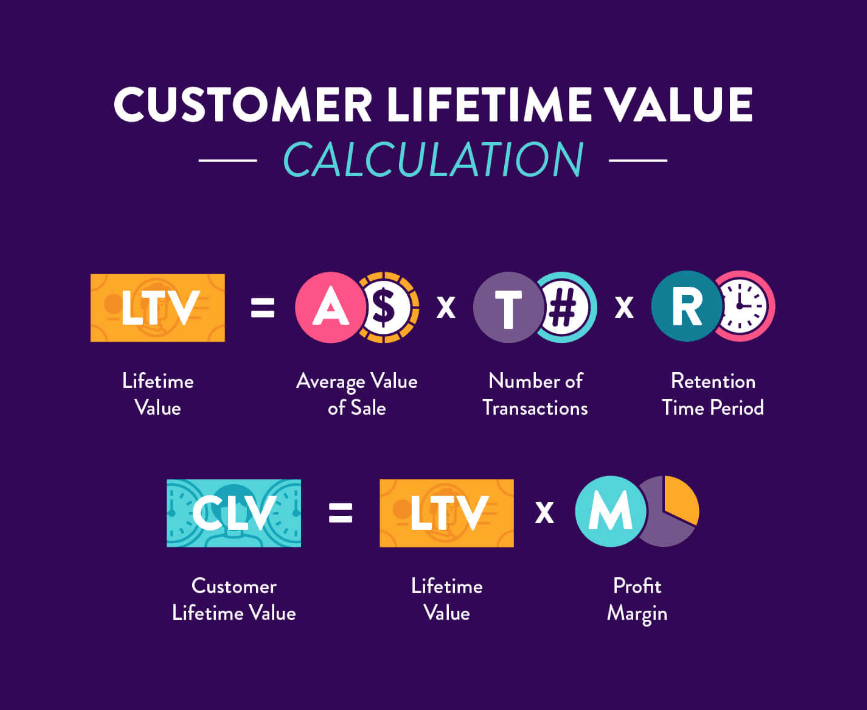How the Customer Lifetime Value framework is transforming insurers in China
Customer Lifetime Value (CLV) is a powerful tool that insurers are beginning to get to grips with. Making it the central plank of an insurer’s culture will greatly assist in moving from the old fashioned one point of contact a year model, to the multi-touchpoint environment offered by digital businesses. Like all models, it has to work outside the lab, and there are examples of it being successful in different jurisdictions.
CLV in China
CLV is being deployed within the Chinese insurance market as it seeks new and innovative ways to master the huge potential within its domestic market that can deliver meaningful and sustainable profits.
So how are Chinese insurers harnessing the power of CLV?
1. Community engagement as a vehicle for CLV
Xiaobang (see this month’s InsurTech analysis for more) has created a community based approach to lead generation. By working with education apps and other online channels that have users relevant to life and health insurance, Xiaobang is hoping to bridge the knowledge gap in selling life and health insurance online.
China’s life insurance industry has been plagued by mis-selling and mis-guided telemarketing practices, but Xiaobang is addressing this by differentiating itself and instilling a culture of rigorous agent training.
2. Agent management as a vehicle for CLV
Tied agents still account for more than 42% of gross premium in China, but more importantly, it is the biggest contributor of profitable products. For example, CPIC’s agency channel contributes less than half of its first-year premium, but more than 80% of its value of new business (VNB). Across the market, the VNB margin from agents is about four times higher than that of bancassurance and thus the most important ingredient in CLV.
Despite its profitability, the agent channel is caught in a vicious cycle of high churn, low productivity, and weak sales management. Even the better agency leaders can only retain 20% to 30% of their new agents.
Ping An and Taikang are not immune to the general decline in agent activity, yet both have consistently achieved much higher premium per agent than most state-owned competitors. Ping An’s agents are, on average, twice as productive as the rest of the industry, and it as has achieved this in two key ways.
Firstly, Ping An recognised a decline in agent productivity early in the first decade of this century as the industry scaled up mass recruitment of agents. Then, while the rest of the industry tried to onboard as many agents as possible, it downsized its own agency to about 200,000, in order to focus on quality over quantity.
The second factor is that Ping An is unique in its ability to cross sell products and services from its other business units. For example, 51% of Ping An’s personal auto insurance was sold through cross selling, mainly by life agents and telemarketing (for renewal) in 2011. This more varied source of income has been an effective proposition for Ping An to attract and keep agents.
However, although Ping An, and a few others, reformed their agency channels earlier than many, Ping An still faces the same challenges for future growth. For example in urban centres recruiting will be hard, but is vital to access the new younger, digitally orientated middle class generation.
3. Telehealth as a vehicle for CLV
China has no shortage of online healthcare services. WeDoctor, DXY, ChunyuYisheng, are but a few of the providers who have emerged to guide China’s access to healthcare.
Insurers too, most notably Ping An, have recognised the opportunity to minimise inpatient rates and streamline outpatient services using such health portals.
However, a less understood element of these services is the role that online pharmacies are having in driving CLV for insurers. The use of a pharmacy benefit manager (PBM) is common in the US, but less so in China.
Internet insurer An Xin is working with its founding shareholders, many of whom are real estate developers, to distribute its services.

An Xin is one of six internet insurers in China. It has launched its own digital health service that includes access to medicine and disease management treatments to establish a strong relationship with its customers
In addition to evolving the PBM model and increasing customer engagement, insurers in China are engaging users with the usual health and wellness content. However, it is the delivery of medication for common ailments such as high blood pressure, sinuses, and allergies that is gaining in popularity.
CLV outside China
HDFC Life Insurance

Up to five platforms ran cross channel campaigns to generate leads into the CRM system. The project cut the time employees handled leads, identified the hottest leads and allowed customers to be primed for their next purchase.
This approach required a degree of manual Intervention in setting up the technology, but sometimes, the technology can provide an easy win by doing all the heavy lifting.
ThingCo

“Customers are in control of their own destiny. If they drive well, they’ll get a better deal, and we can share the reward,” says Mike Brockman, CEO of ThingCo and founder of insurethebox. Brockman says that telematics can be used in a positive way, changing behaviour to not only mitigate risk, but identify customers who have earned additional incentive.
“Whether that is cups of coffee or weekend trips, it imposes a level of gamification on the relationship and increases engagement with the customer,” says Brockman.
Happy customers are more profitable customers, and in certain markets where agents are not the primary distribution channel, this can increase loyalty and break the cycle of annual churn.


















































